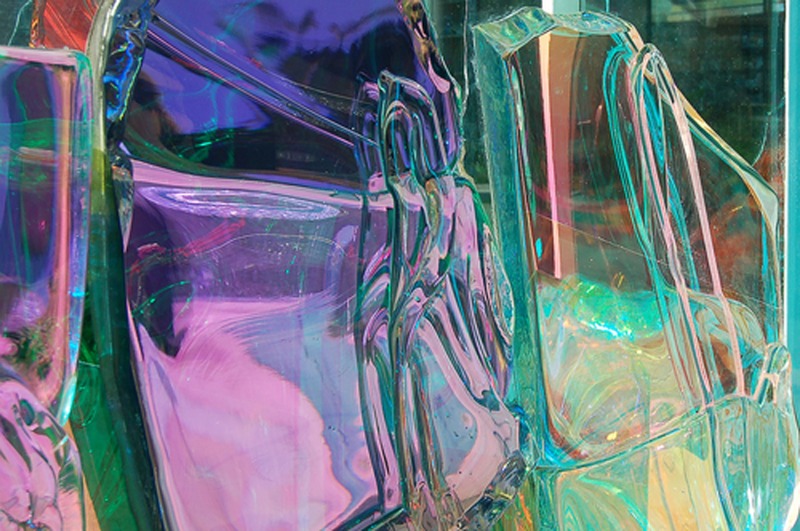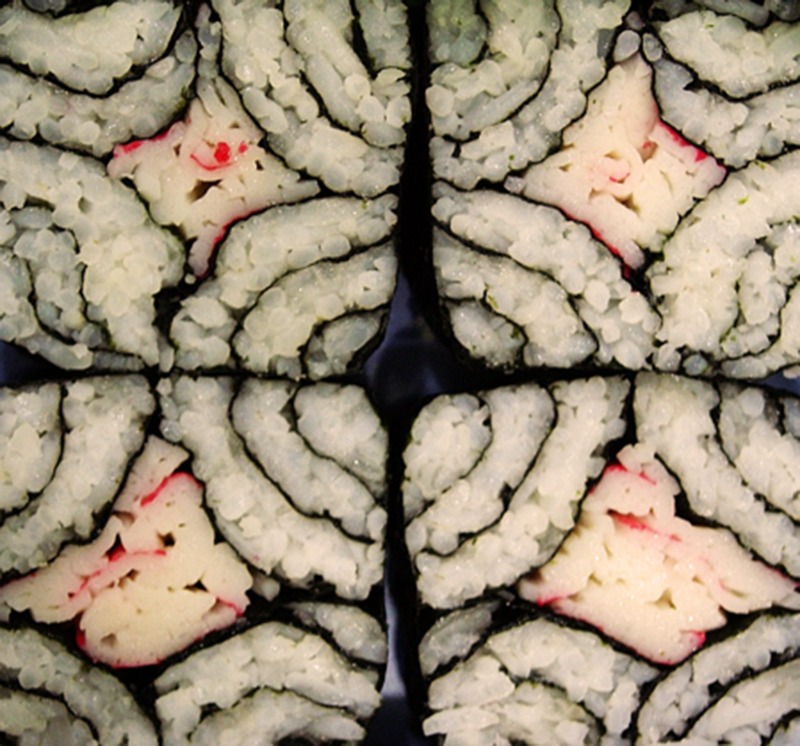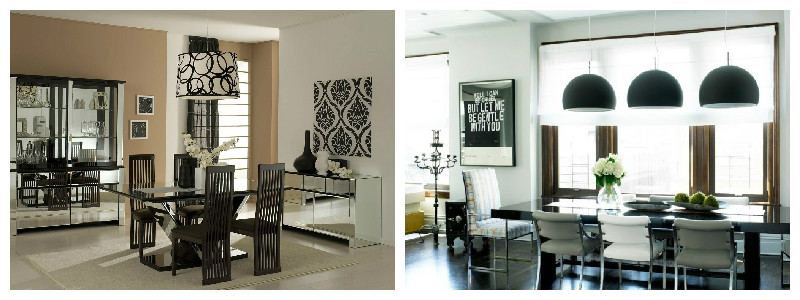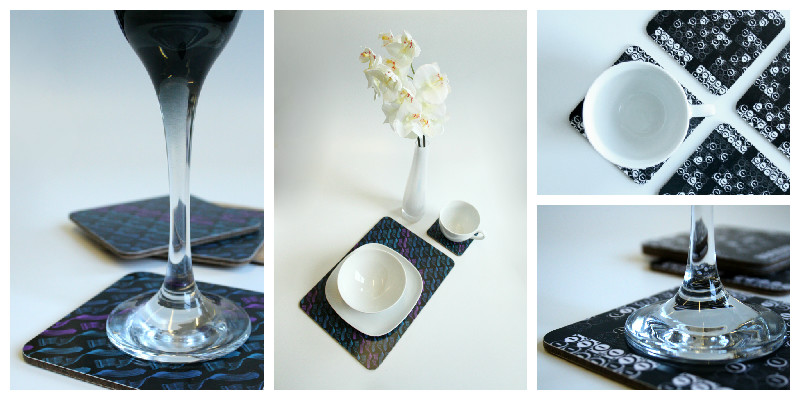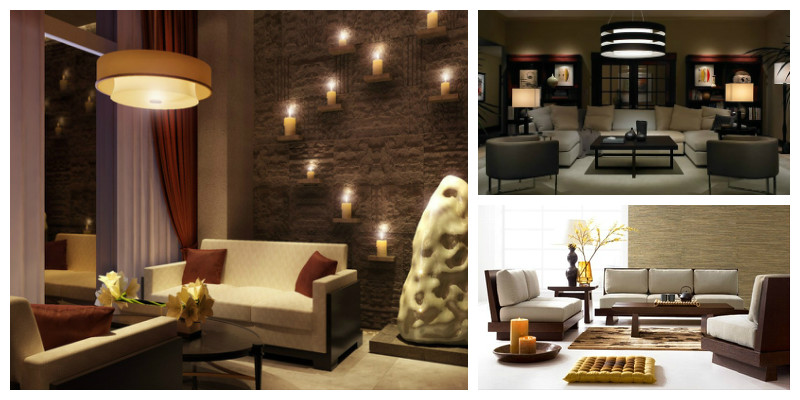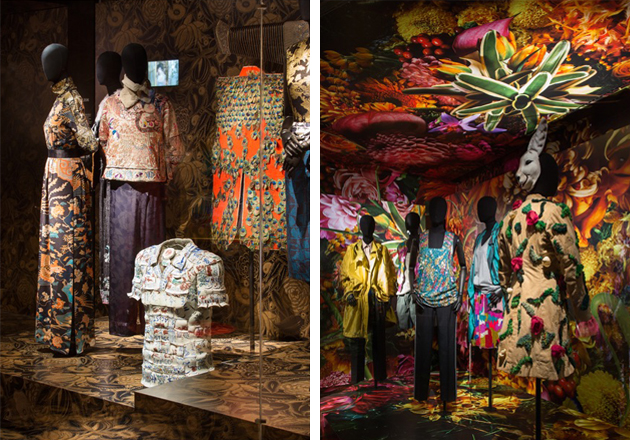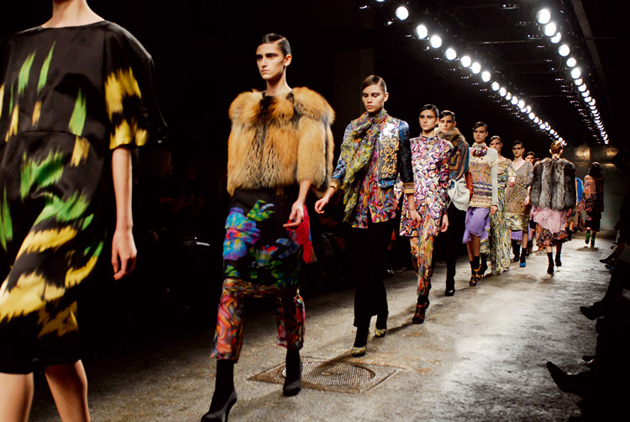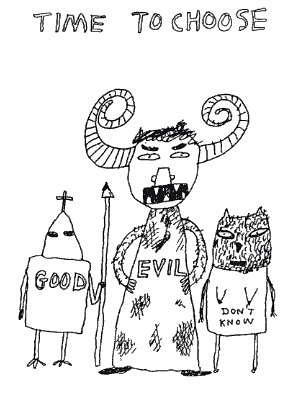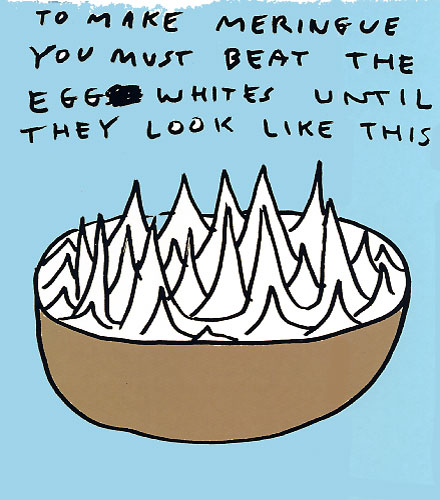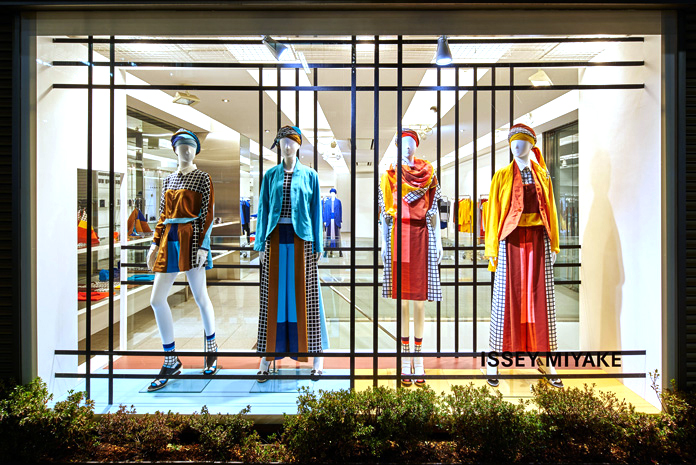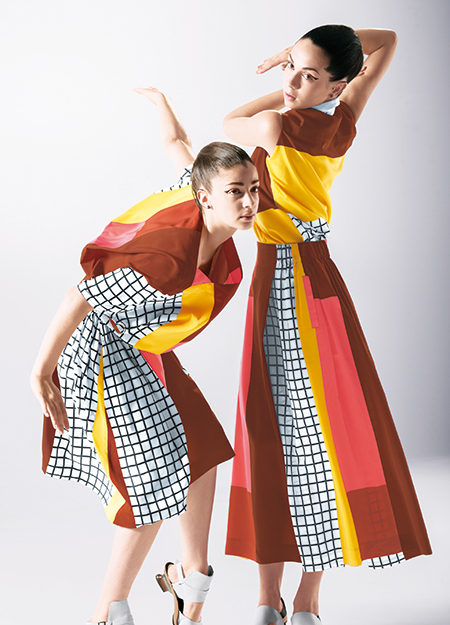Today, we introduce you to Patternity. For something a little bit different, we’re looking at patterns. This is one of the first things you learn as a textile designer. A constant source of inspiration is key for your creations. You’re taught to look at things differently and develop a knack for looking beyond the obvious.
Musical instruments with tremendous detail. Sea creatures in sublime splendour. The galaxy with its hypnotic qualities. Look long enough and distinct patterns start to emerge, colours take a different turn and beauty awakens. The unexpected has a way of fuelling our inspiration.
Stumbling on Patternity was like a child finding a treasure box of sweets. Their photo archive is a fantastic source of inspiration. From water, hair to soap bubbles, they show you just how ubiquitous patterns are.
Patternity was founded on the belief that “a shared awareness of pattern has the power to positively shape our world”. Originally known for their extensive online pattern archive, they’ve expanded into research and consultancy and also have a creative studio.
At Moody Monday, one of our core values is seeing hidden beauty and expressing it. We seek out hidden beauty and take out inspiration from unlikely places. So Patternity is a company after our own heart, they align well with our thinking.
Our Secret Music collection was inspired by the internal parts of an abandoned organ. A trip to the beach birthed our ‘Gems on the beach’ silk cushion. Wait till you see our next collection.
Take some time over the next couple of days to look around you for inspiration. You might not want to become a designer but you’ll appreciate your environment just a little better.
All images were sourced from Patternity







